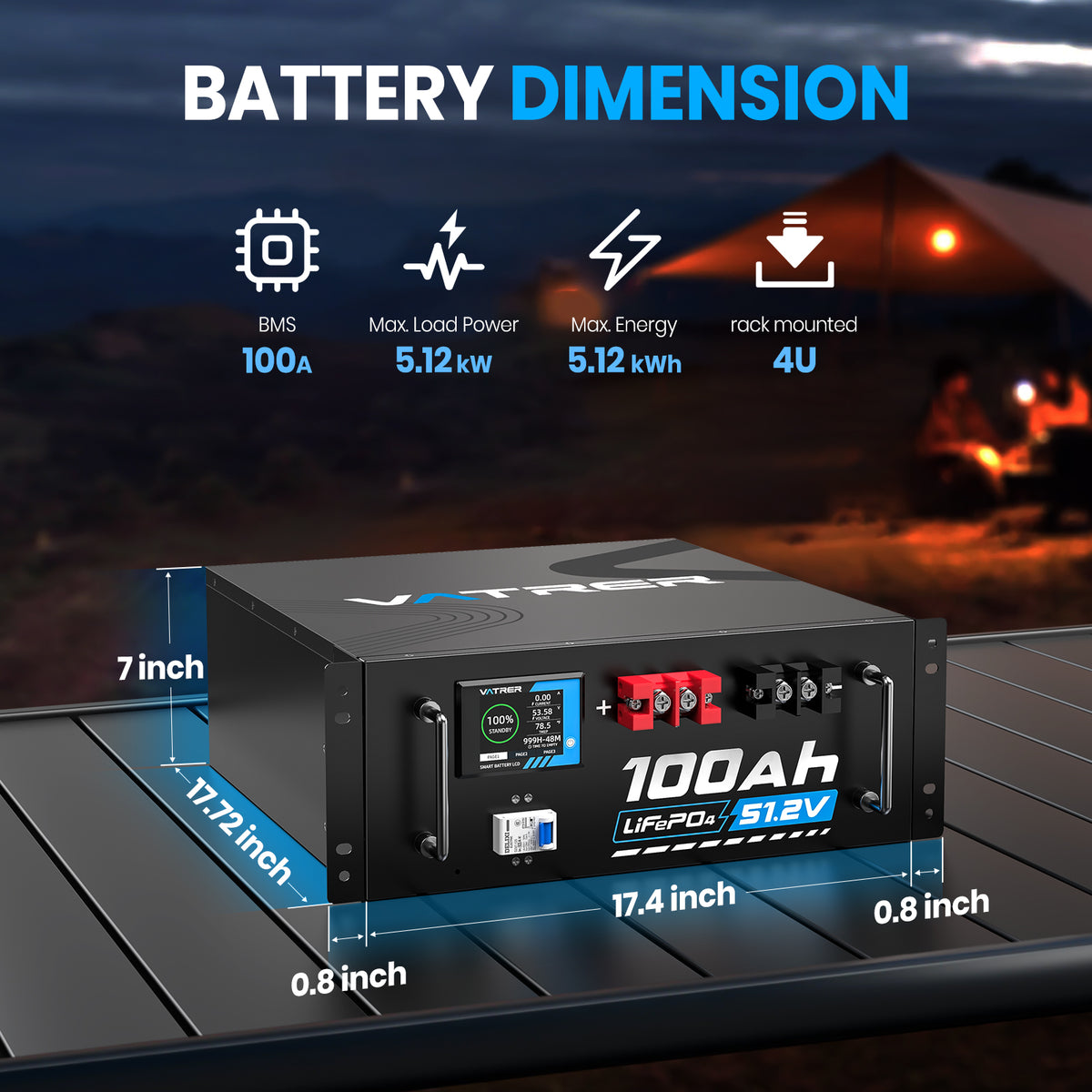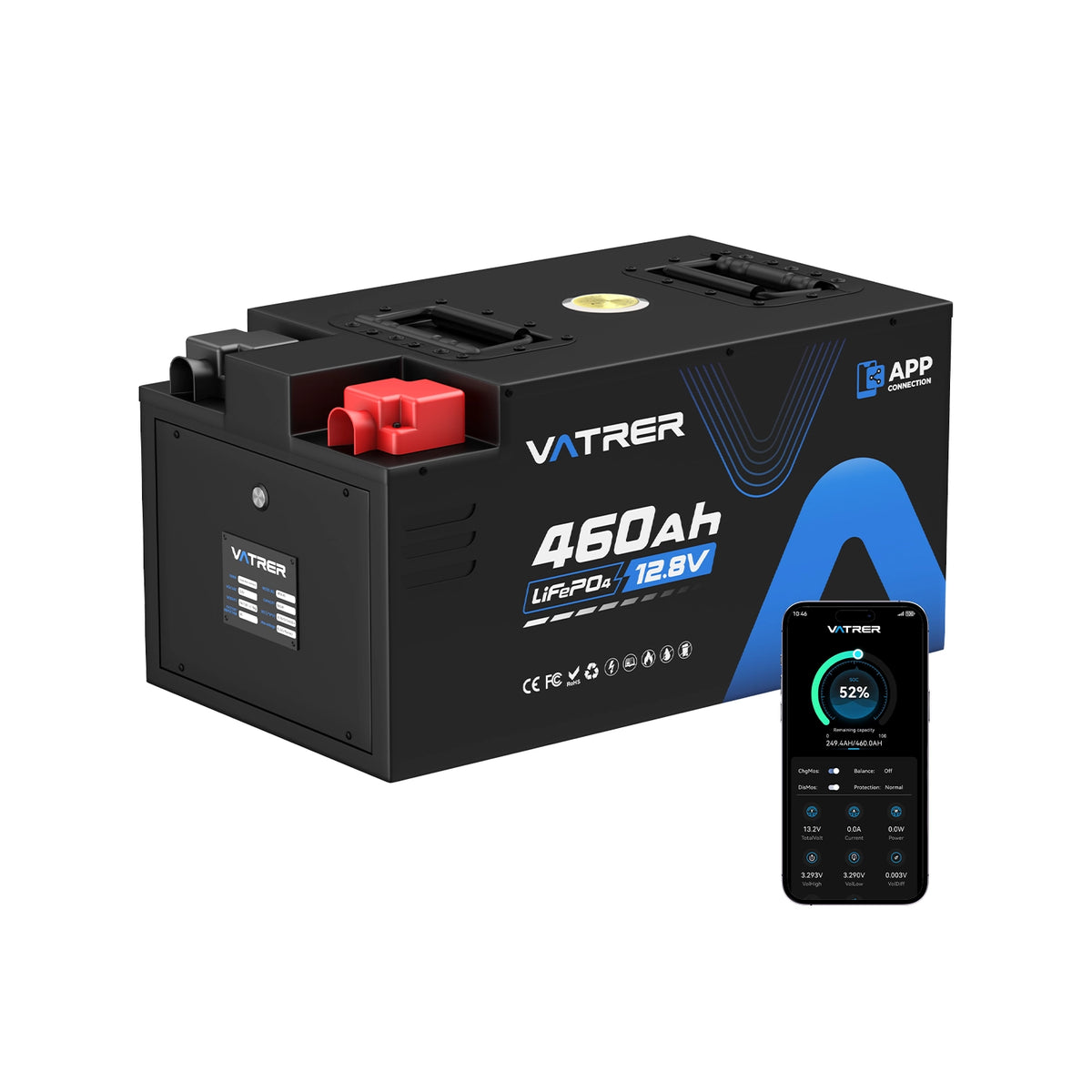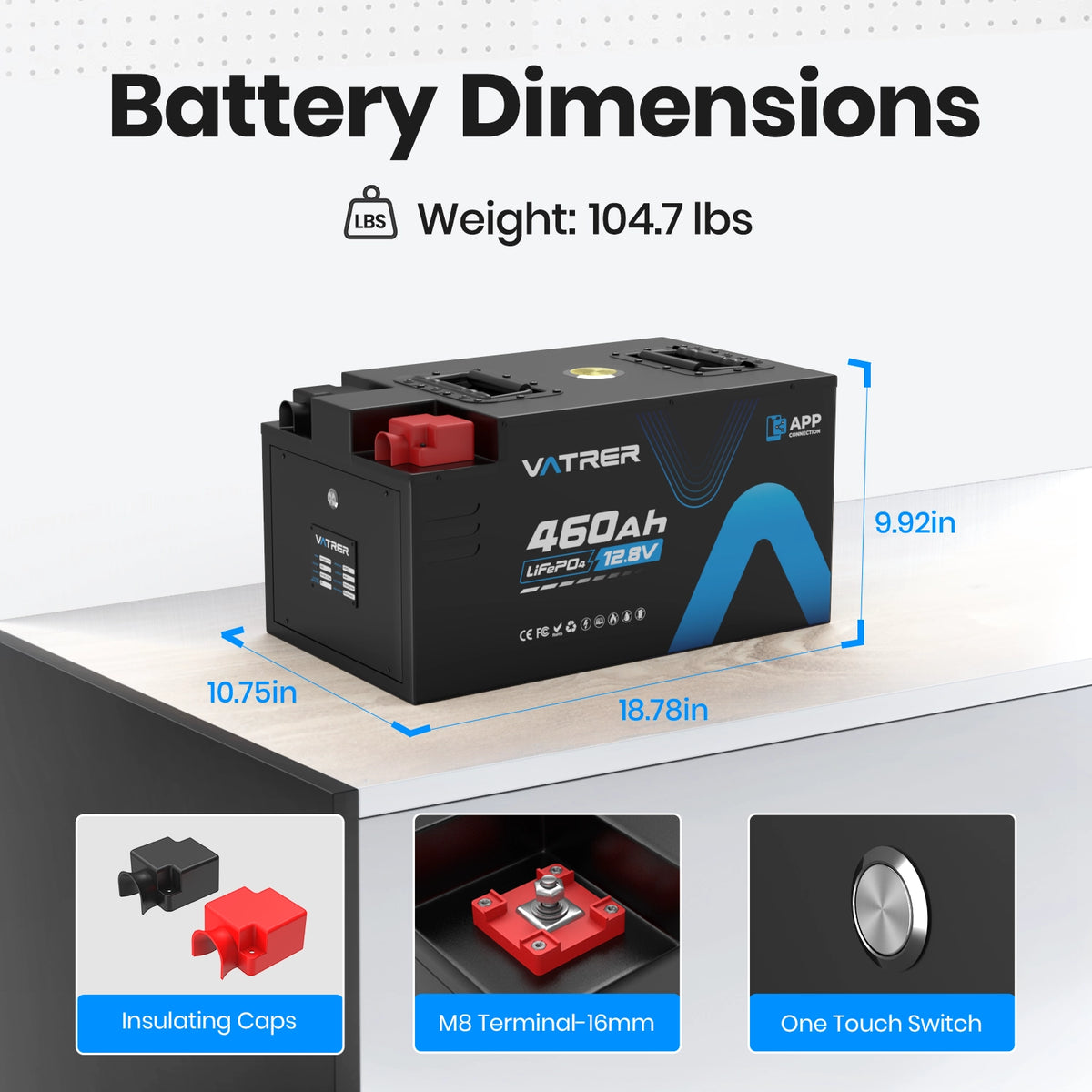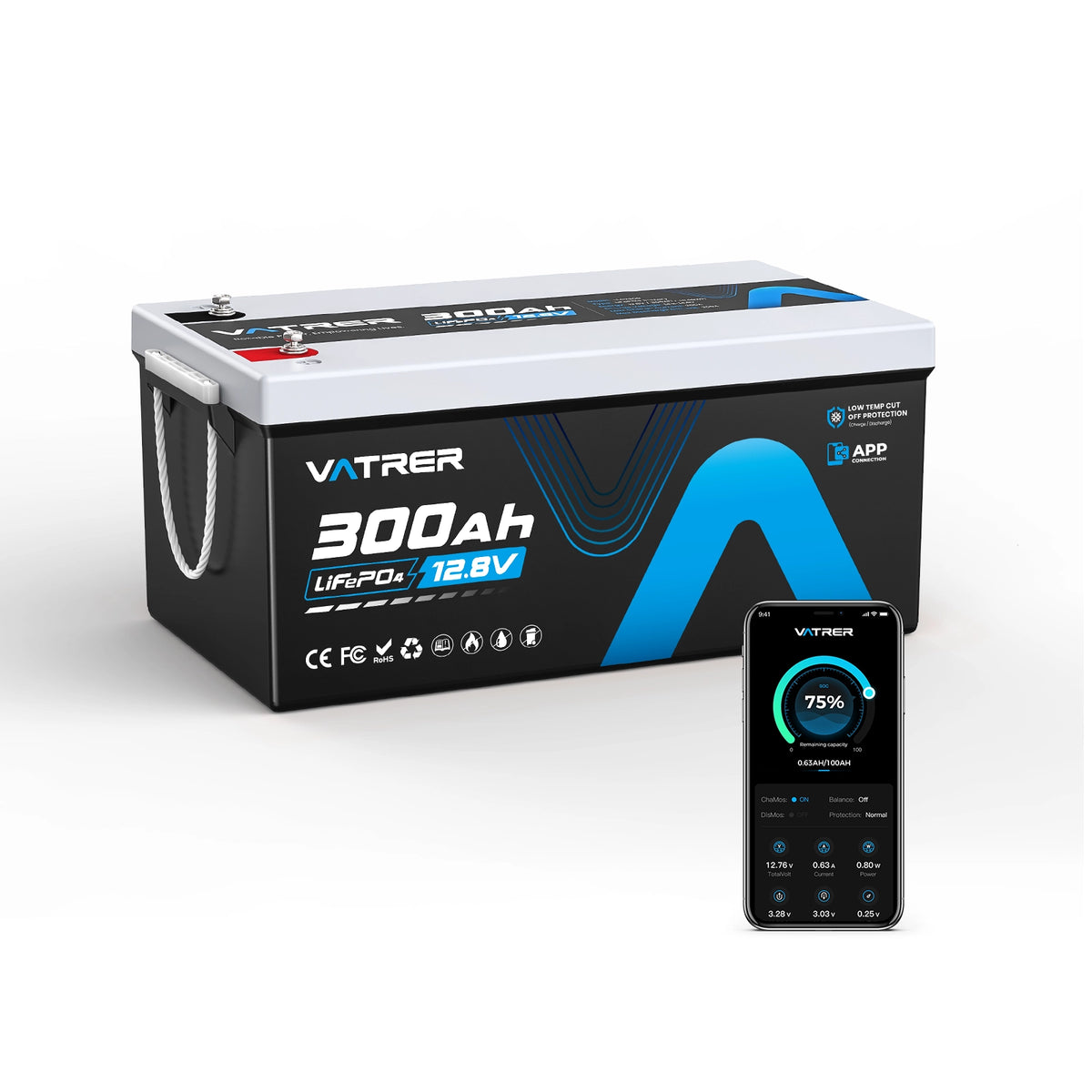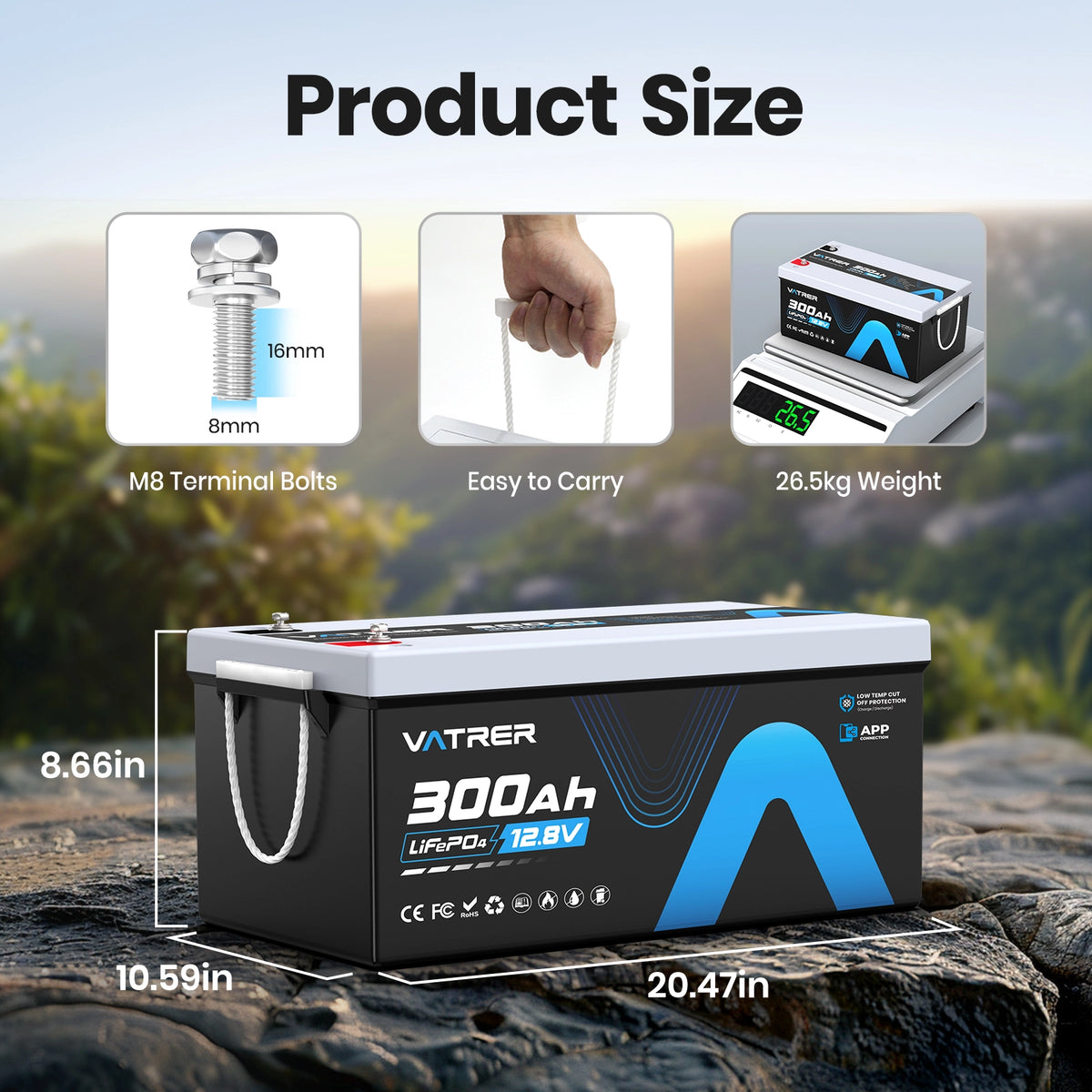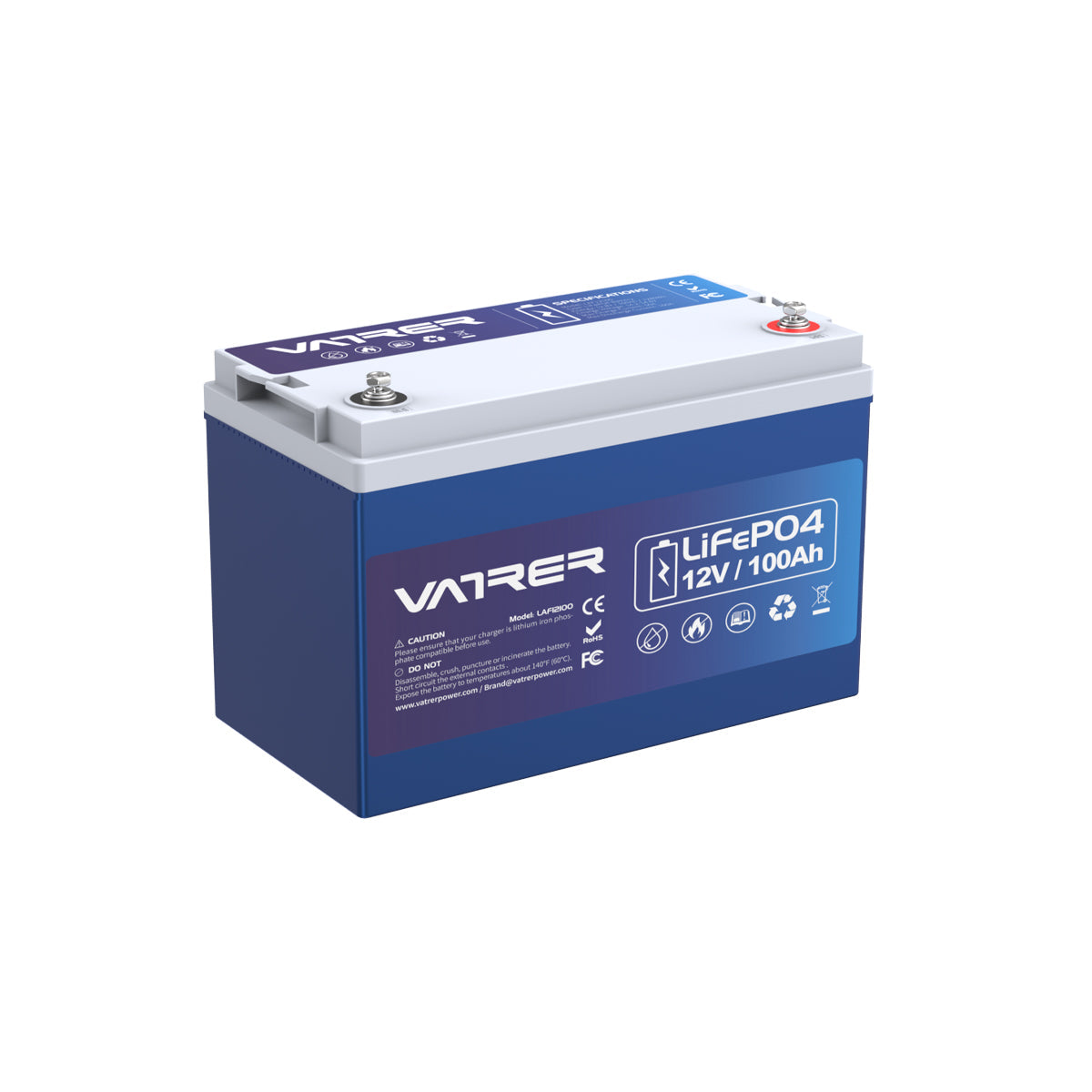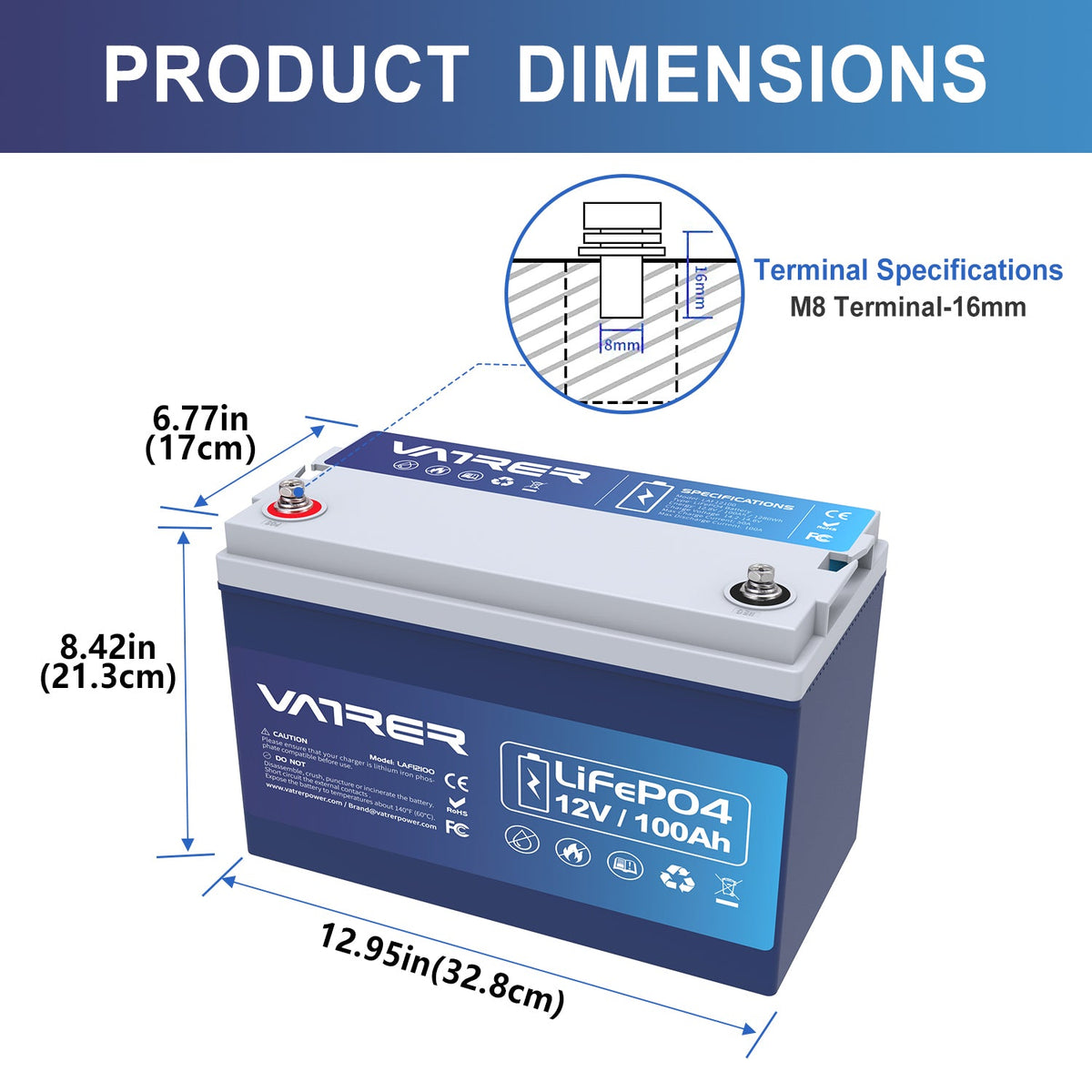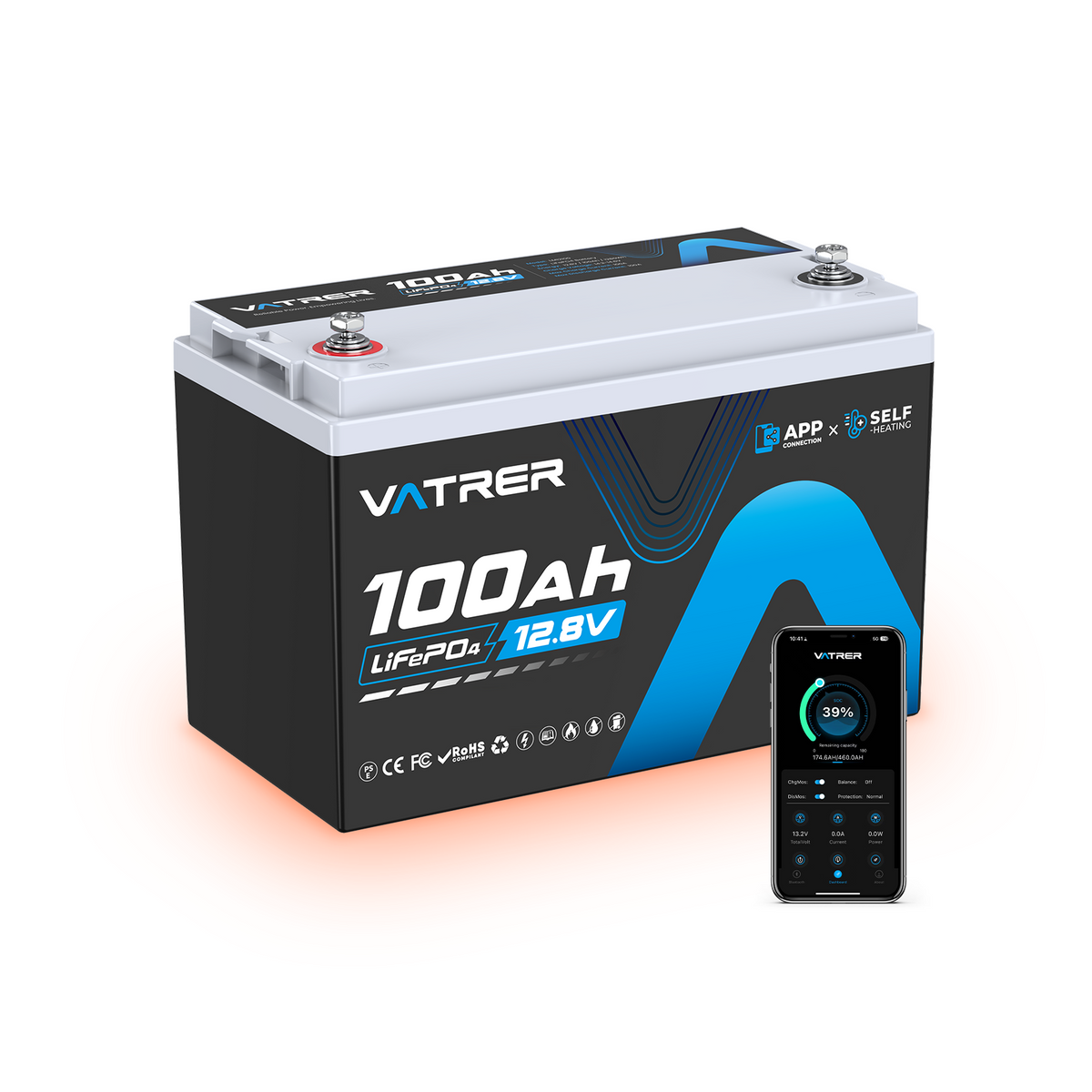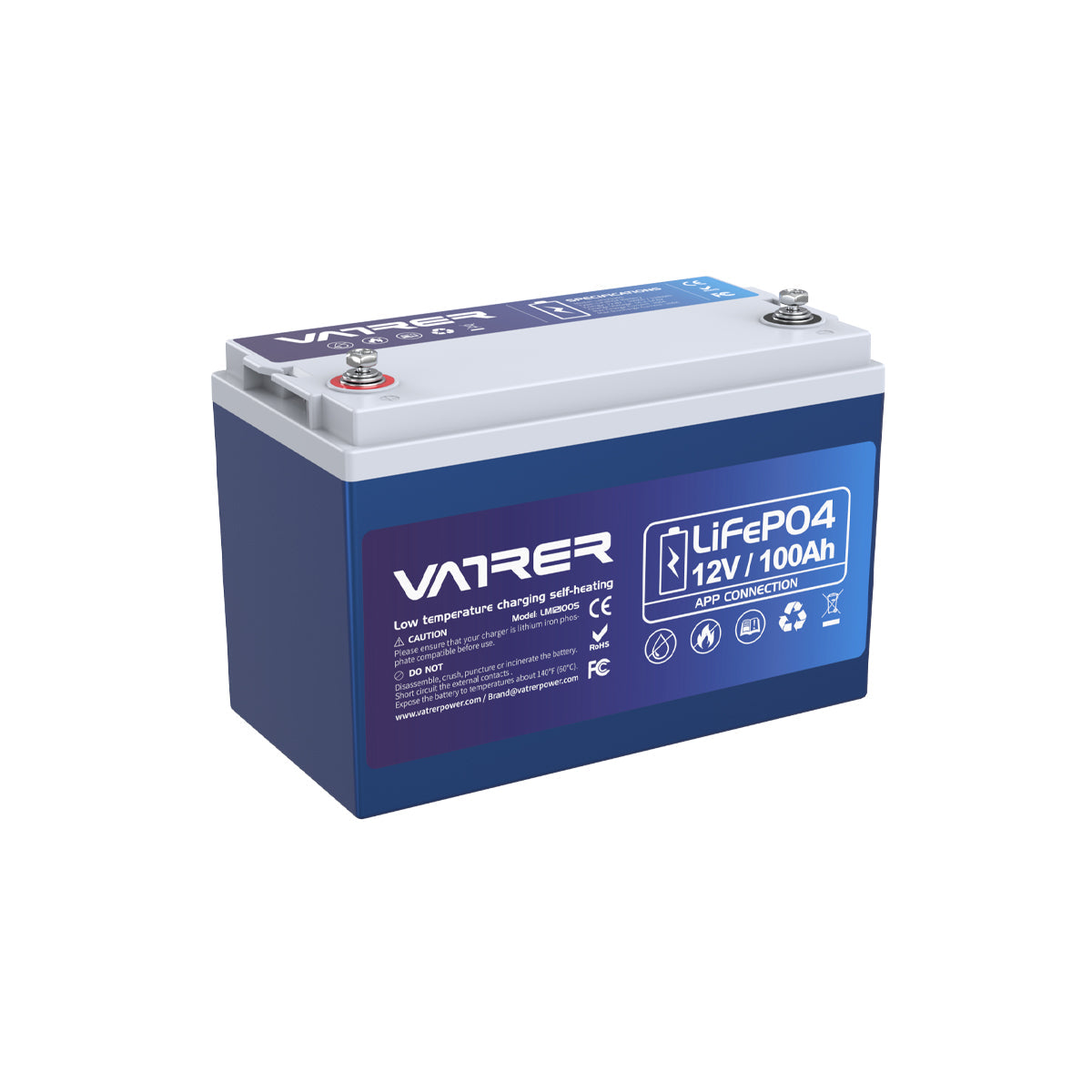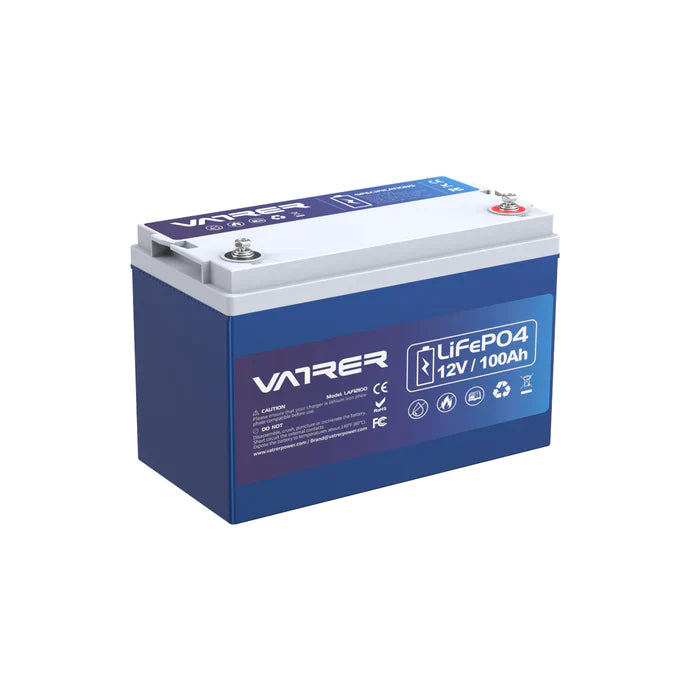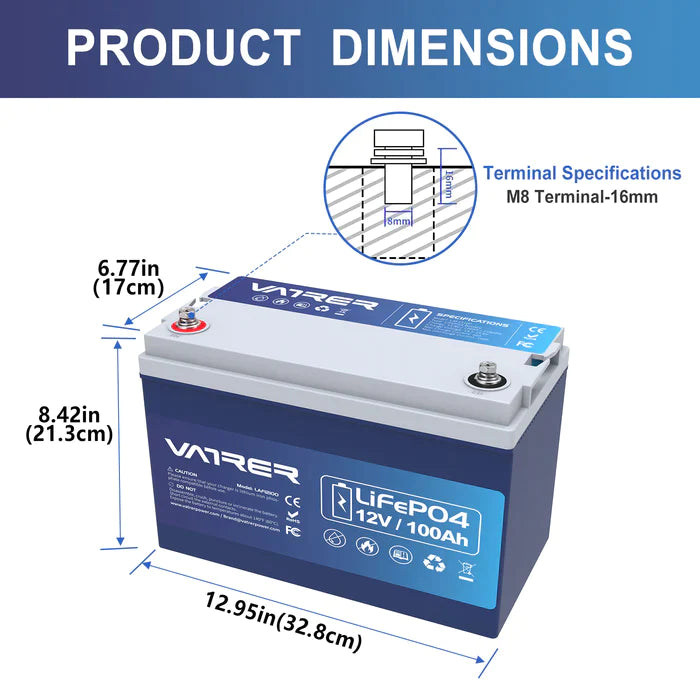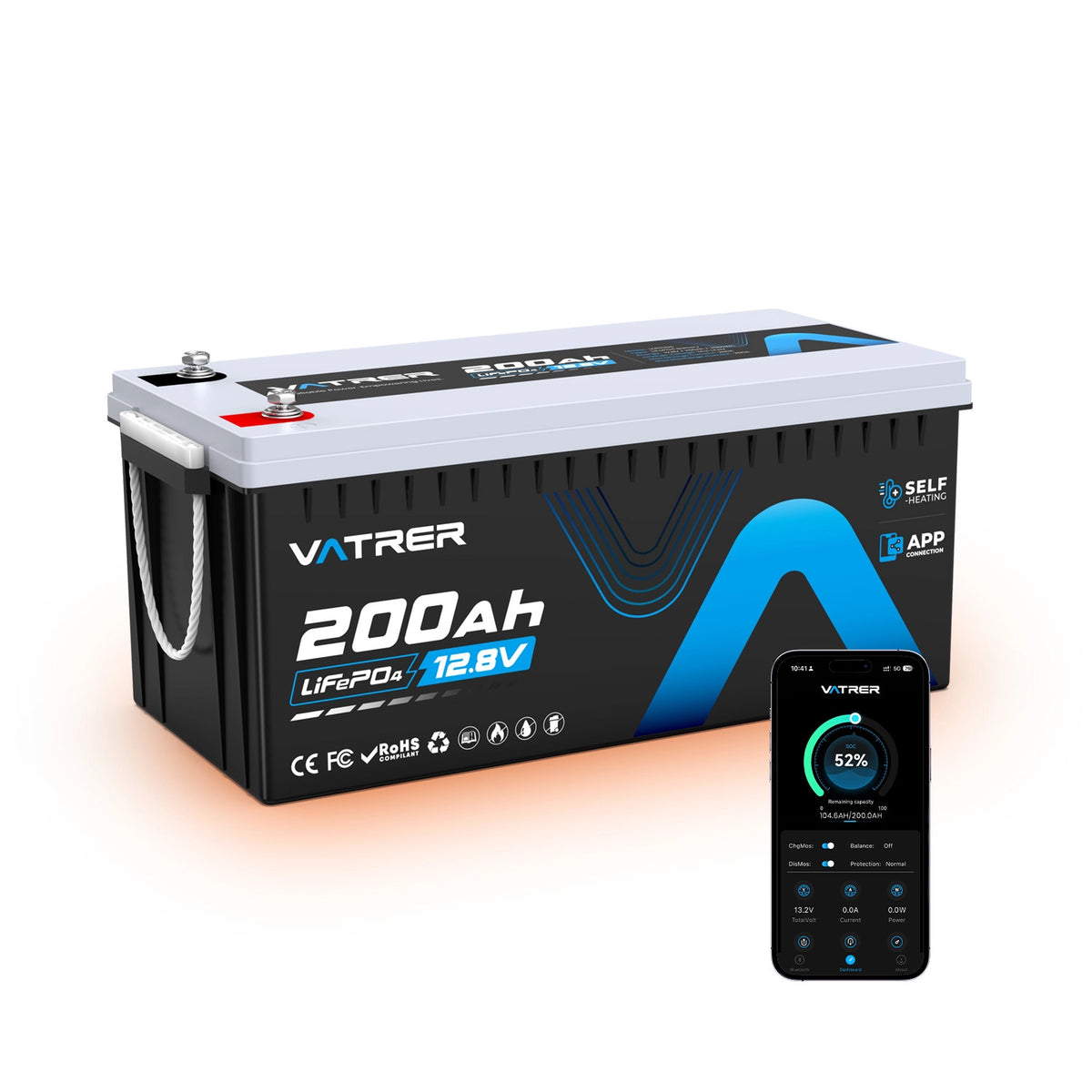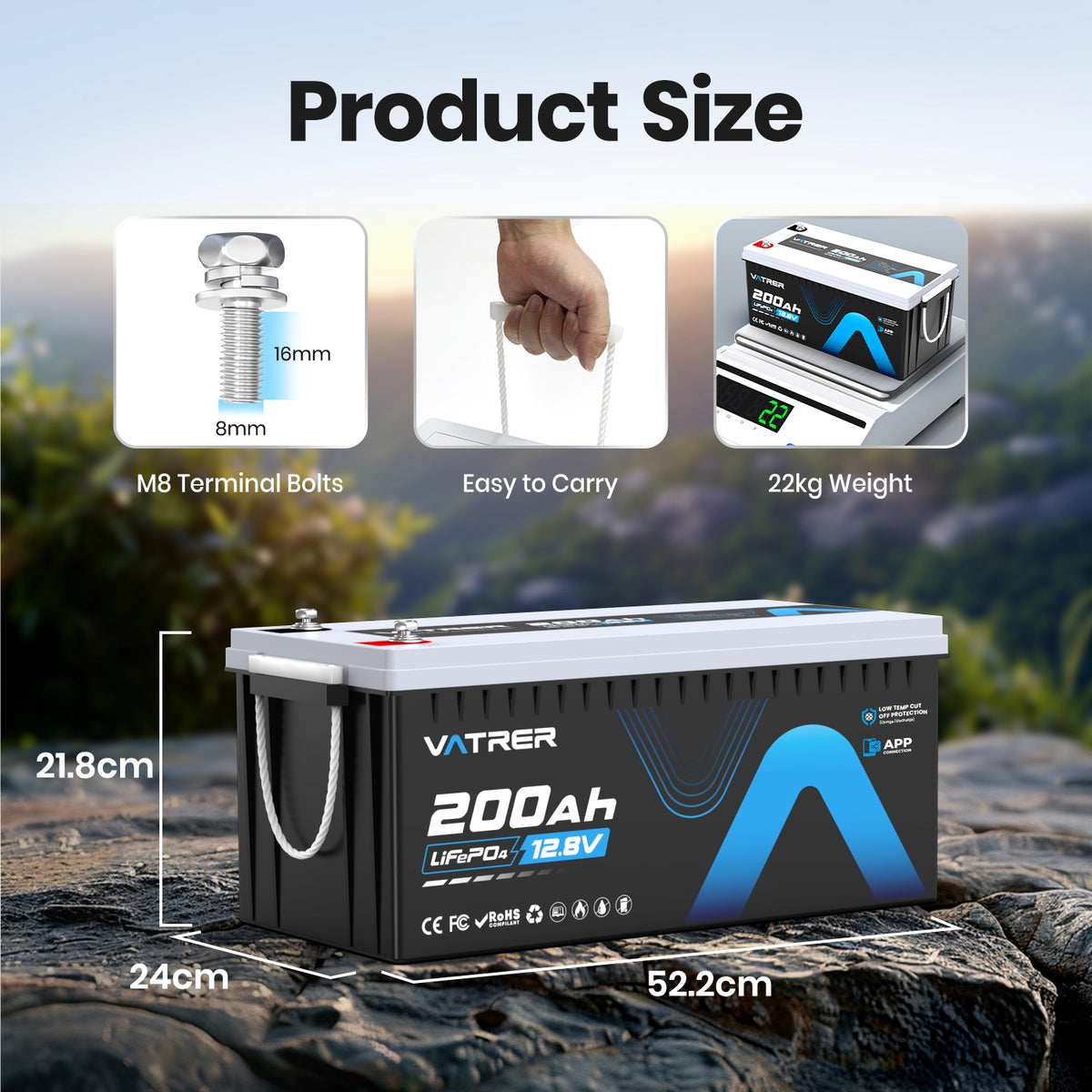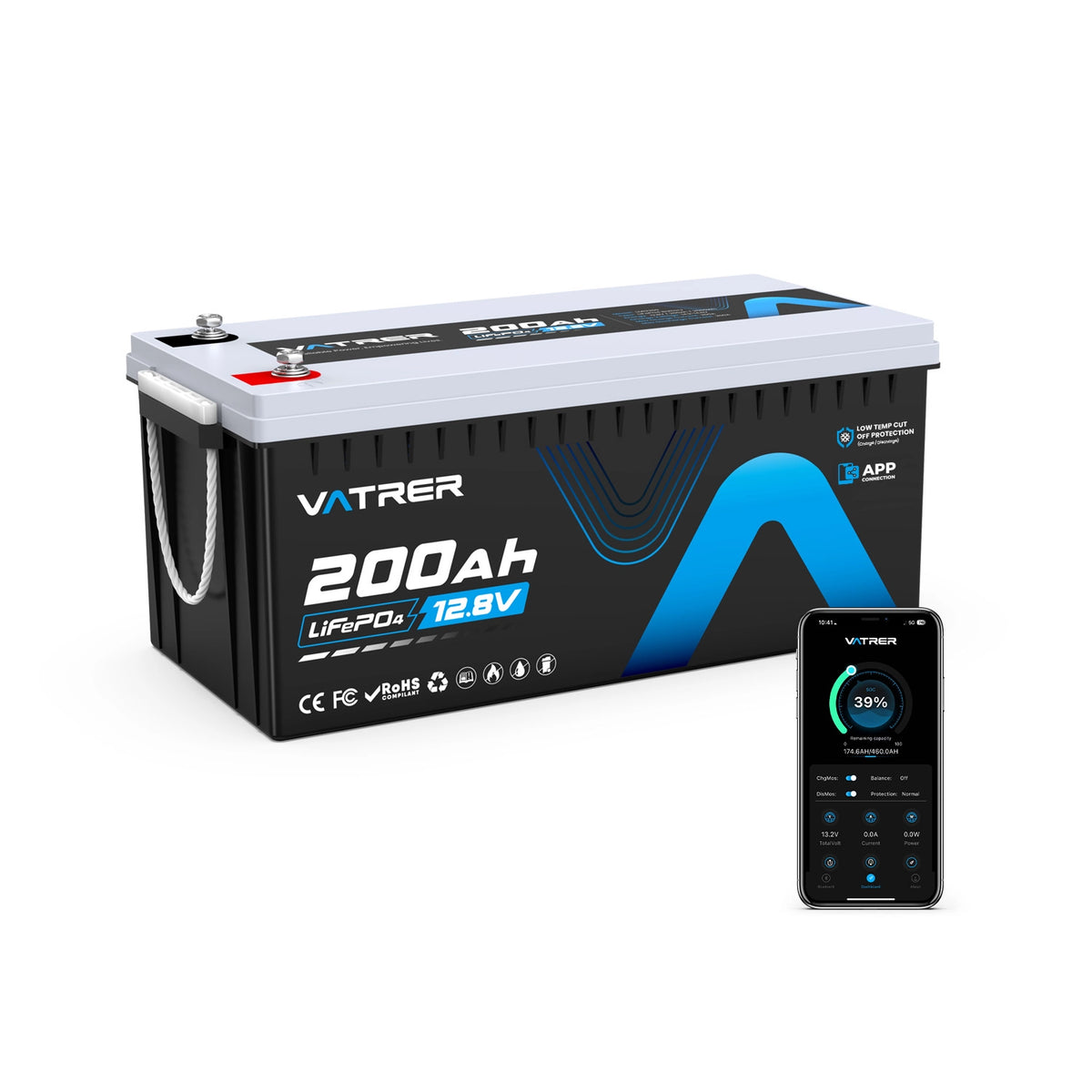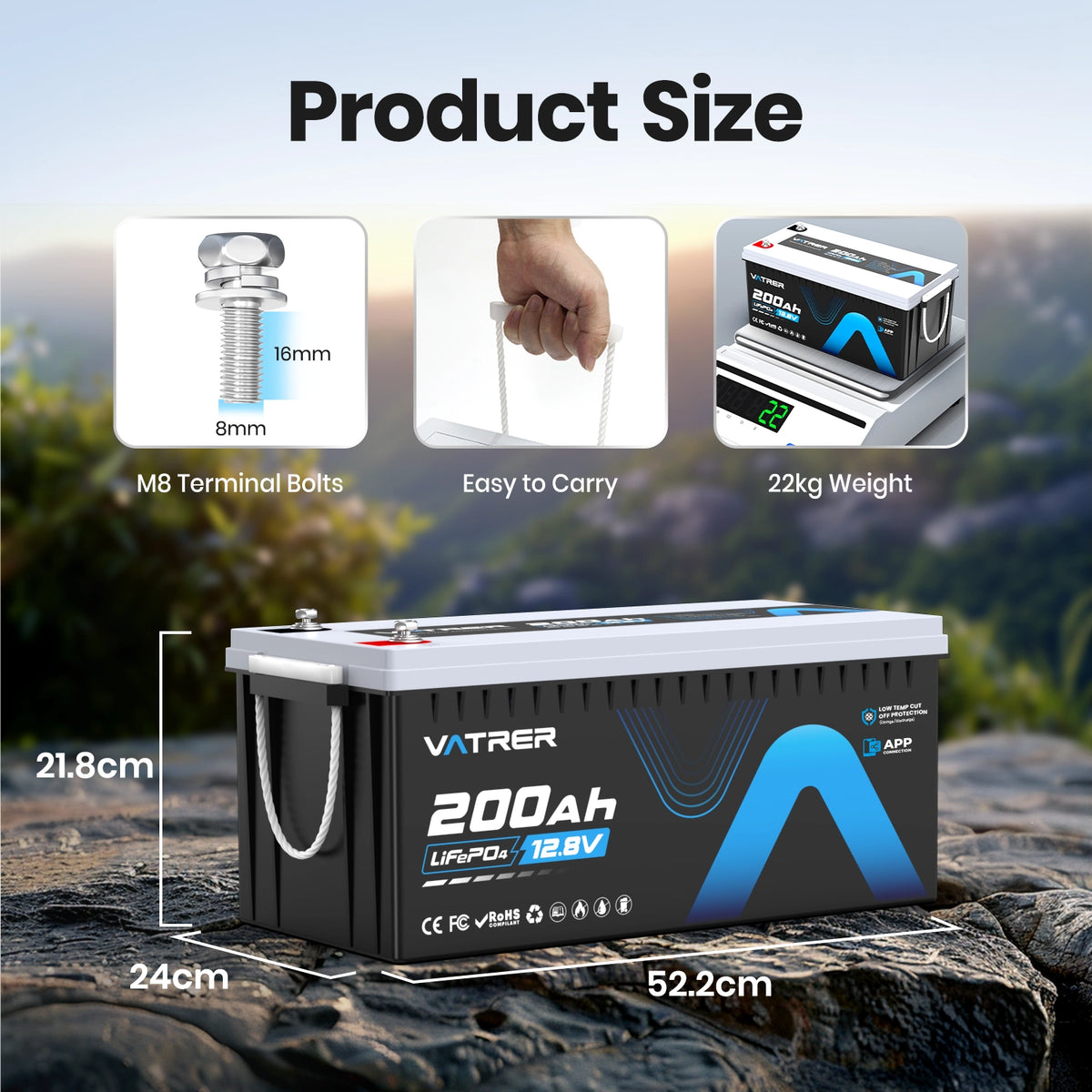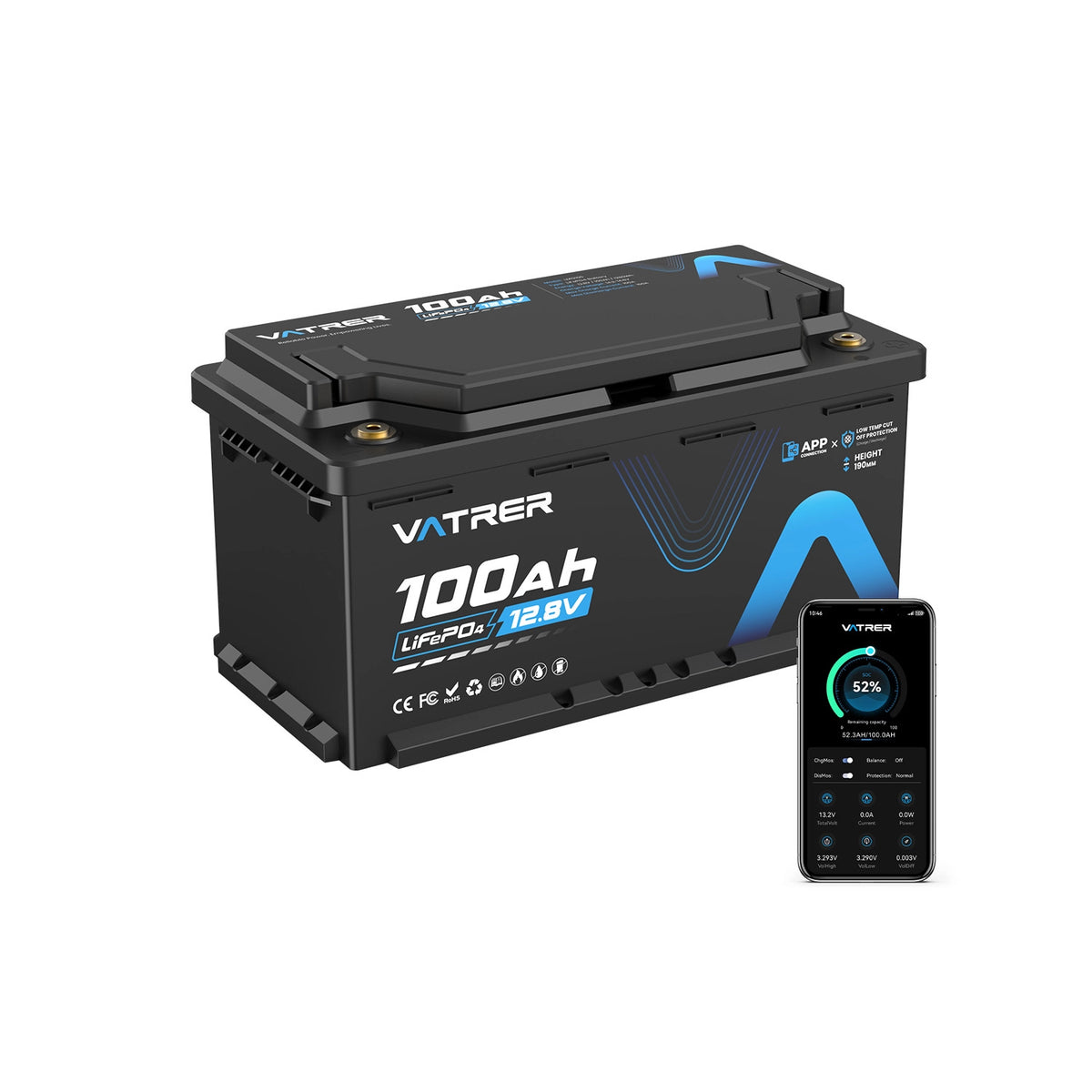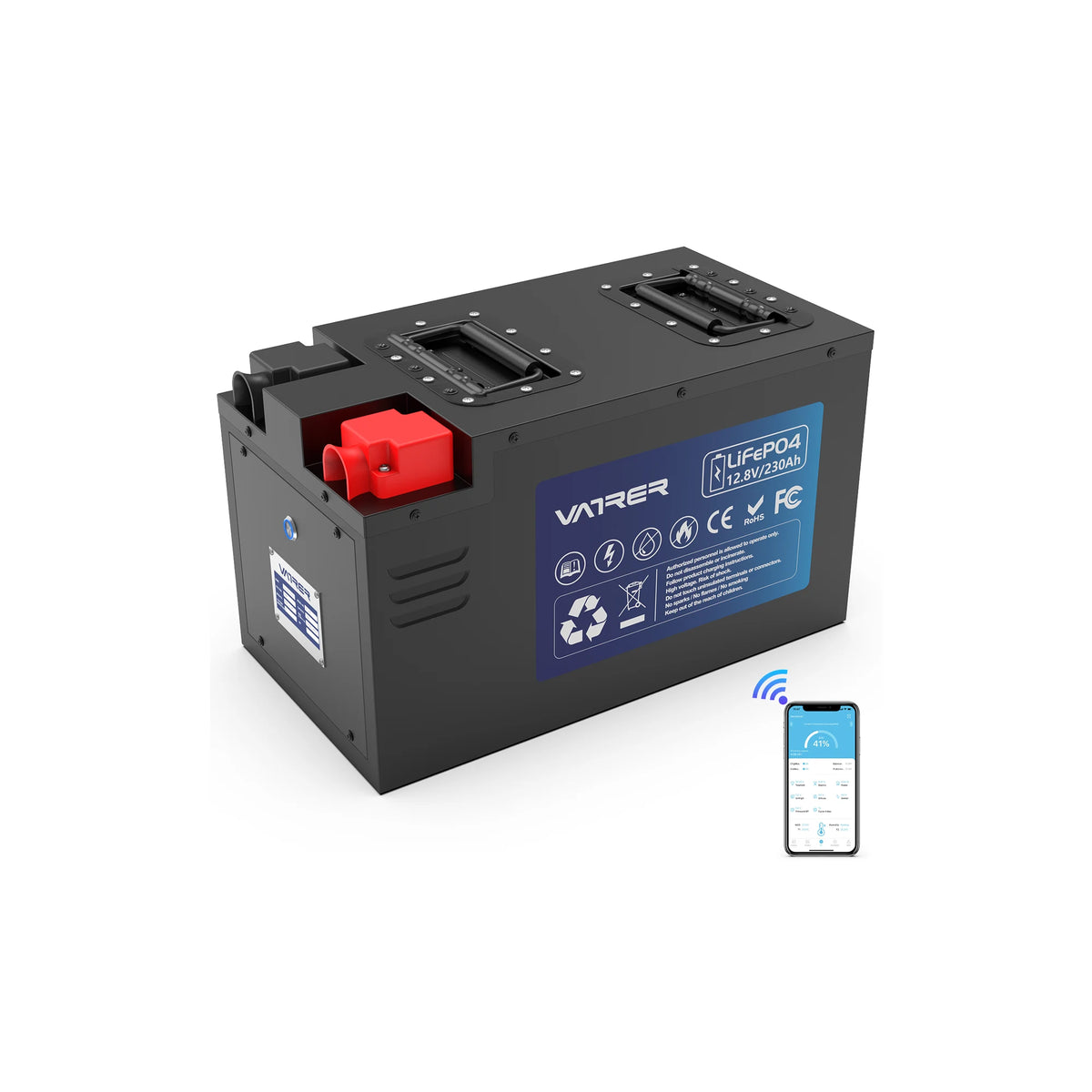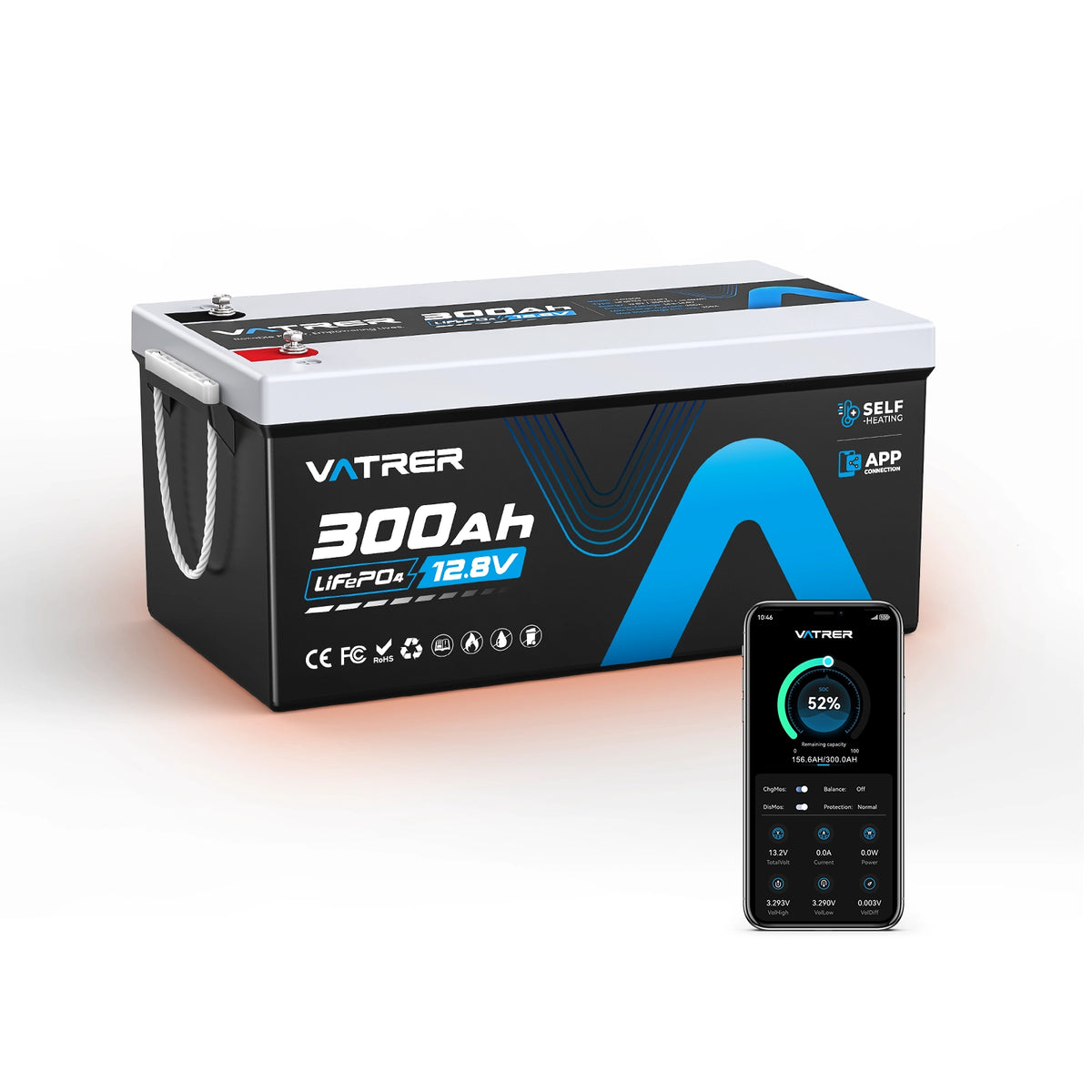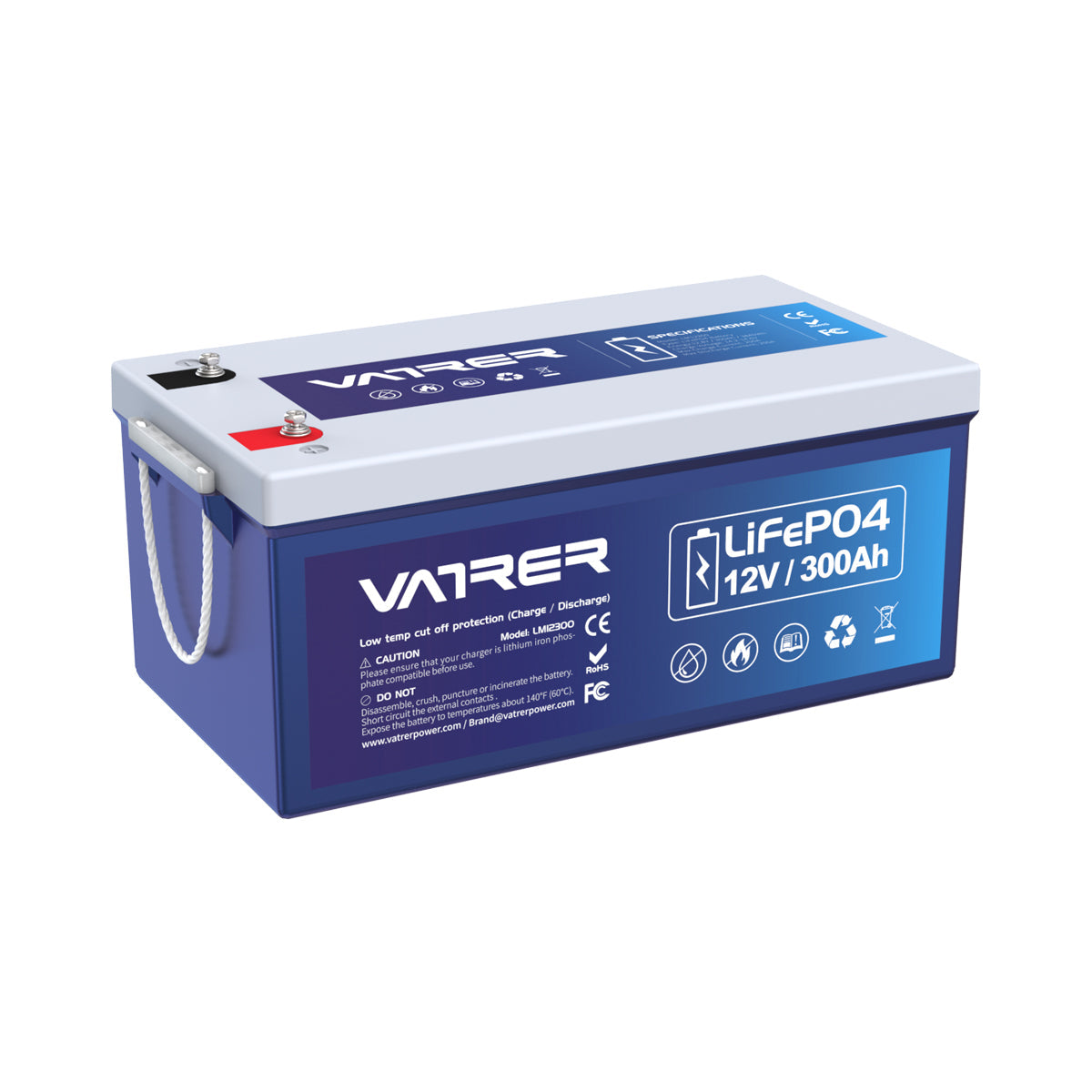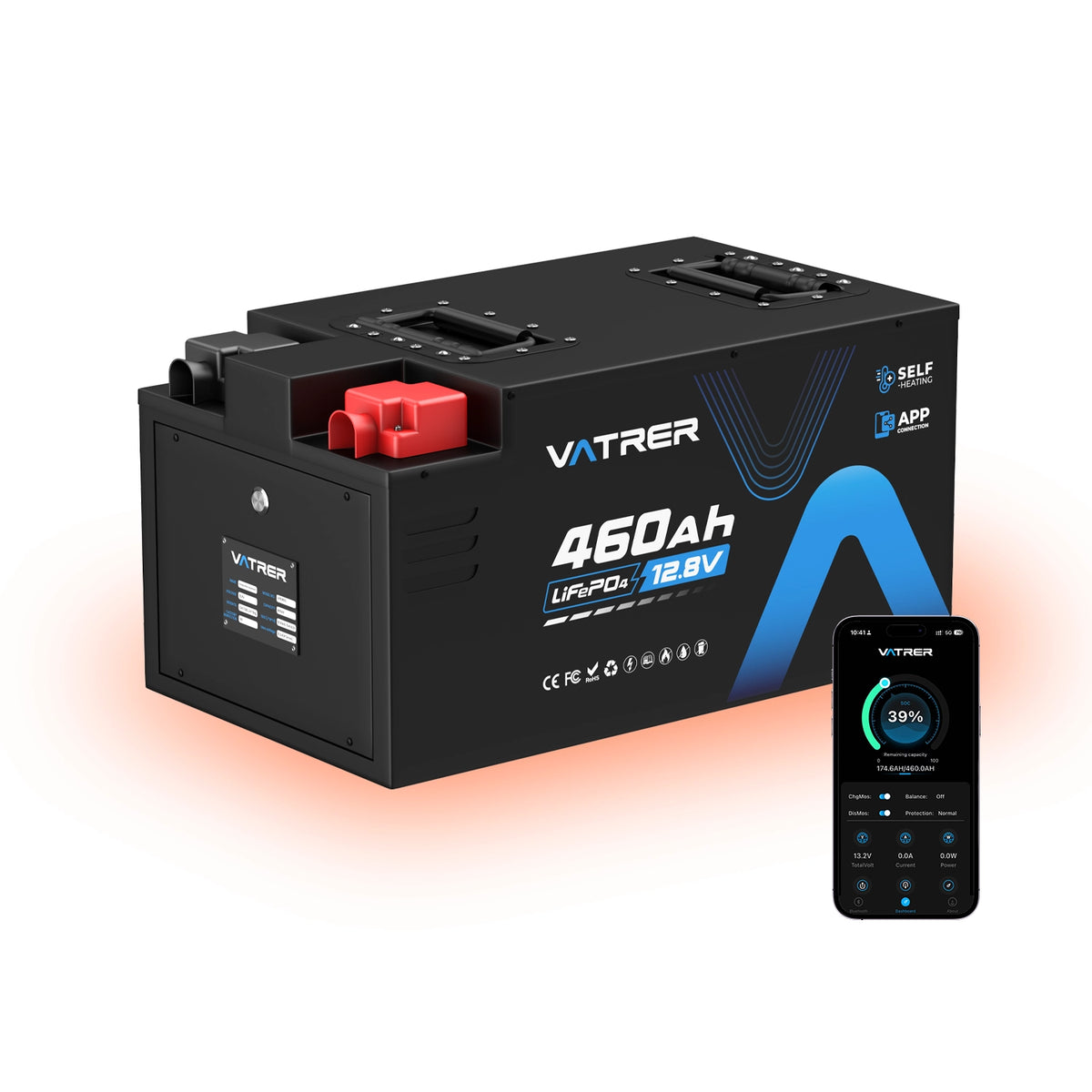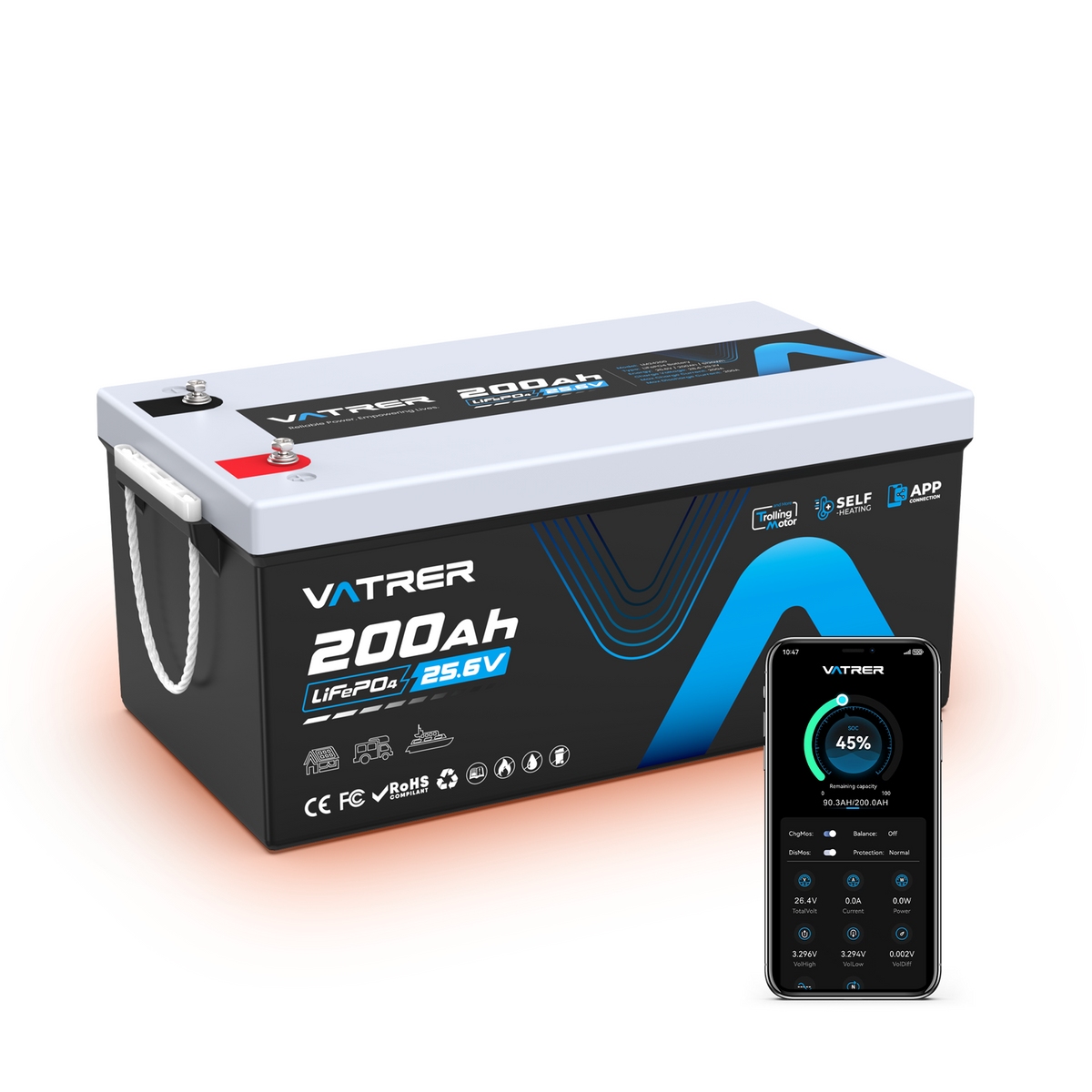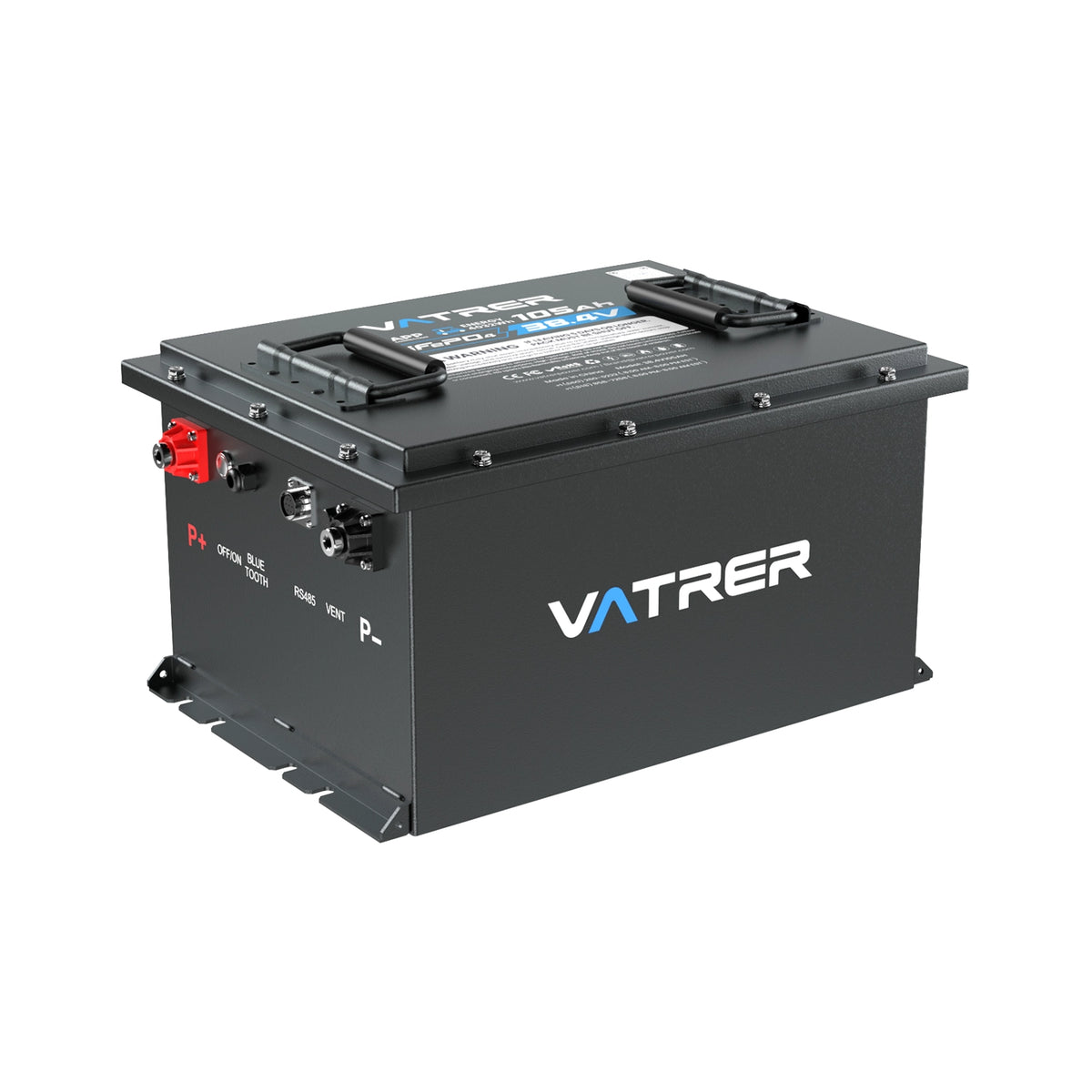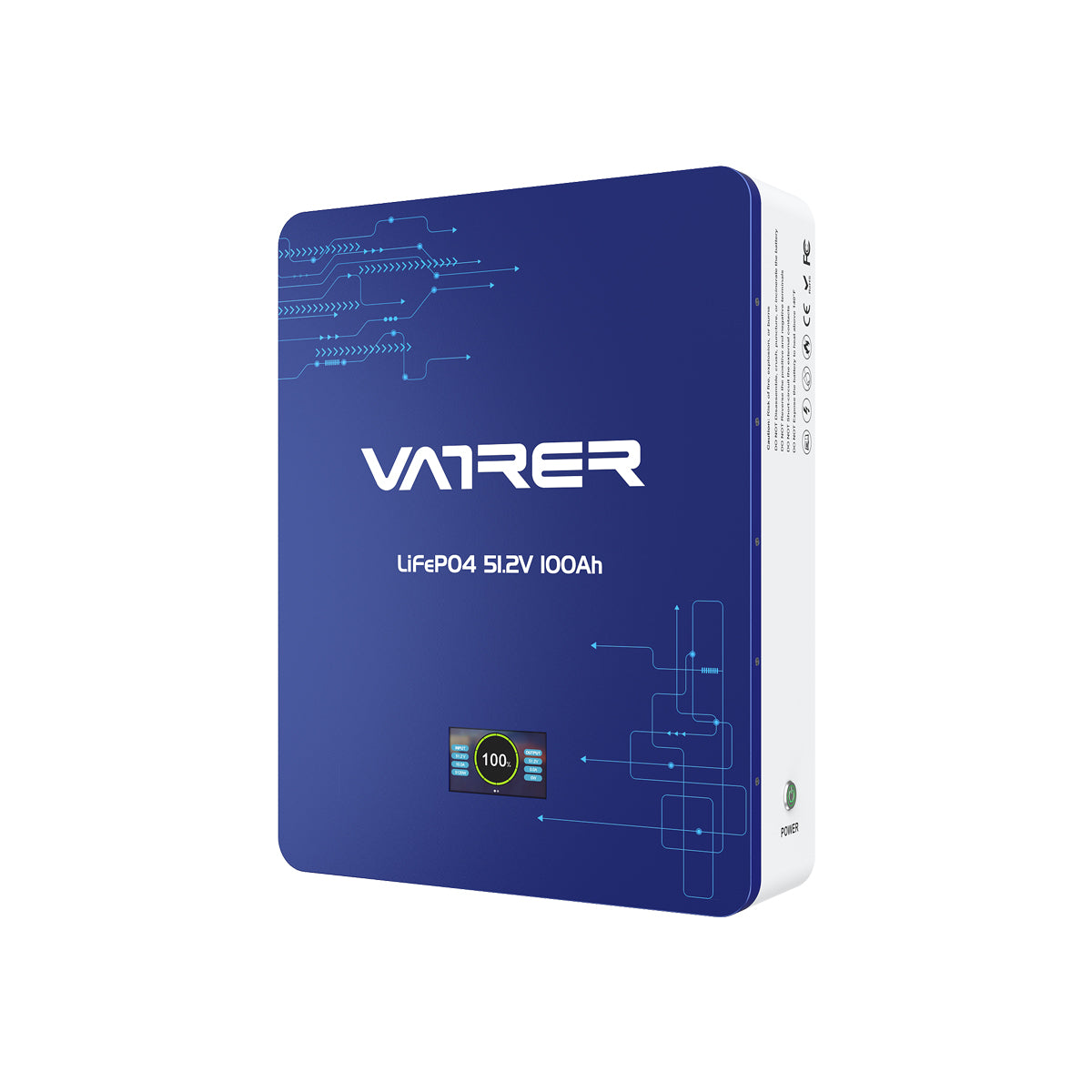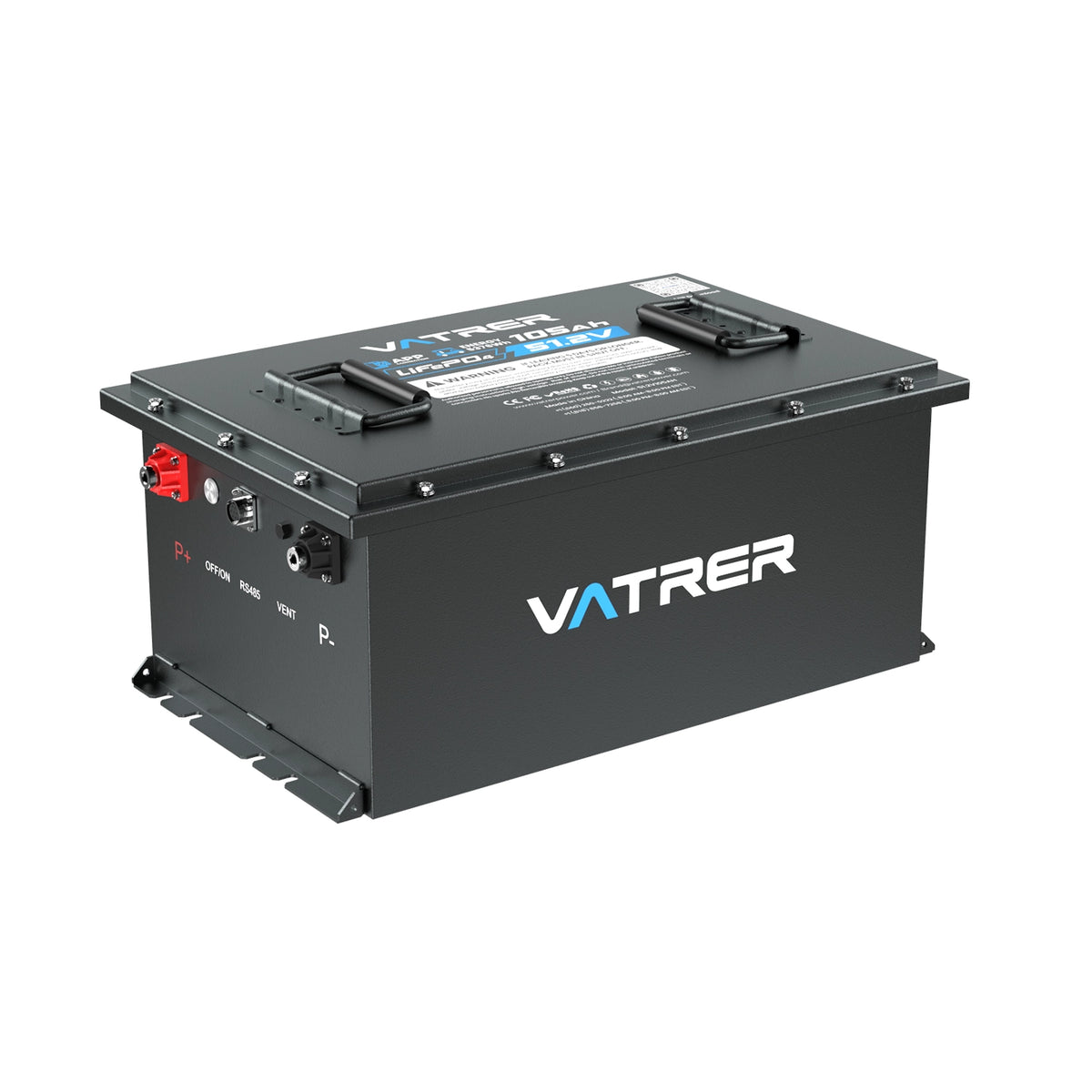Lithium batteries have become indispensable in our daily lives, powering everything from smartphones and laptops to electric vehicles and renewable energy systems. However, despite their widespread use and numerous benefits, lithium batteries carry specific risks, particularly when they come into contact with water. Understanding what happens when a lithium battery gets wet is crucial for maintaining safety and preventing accidents.

The Chemistry of Danger
Lithium batteries, particularly lithium-ion and lithium-polymer types, are composed of lithium metal and other combustible materials that are highly reactive when exposed to water. Lithium itself is a highly reactive alkali metal which reacts violently with water, producing lithium hydroxide (LiOH) and highly flammable hydrogen gas (H₂).
When water penetrates a lithium battery's casing—whether due to submersion, spills, or even high humidity—it can cause an immediate and intense reaction. The water can start to react with the lithium, leading to the rapid generation of heat and gases within the confined space of the battery. This process is known as thermal runaway, a condition where increasing temperatures cause further reactions, leading to a self-sustaining cycle.
Potential Consequences
-
Heat and Fire: The most immediate risk from a wet lithium battery is the potential for it to catch fire. The heat generated by the reaction between lithium and water can ignite the battery's internal materials, leading to a fire that is notoriously difficult to extinguish.
-
Explosion: In some cases, the rapid release of gases can cause the battery's casing to rupture explosively. This is particularly dangerous as it can project flaming debris and toxic chemicals.
-
Release of Toxic Chemicals: A compromised battery may release toxic substances, such as lithium salts and other corrosive materials, which pose serious health risks upon exposure.
Safety Tips
-
Immediate Response: If a lithium battery becomes wet, it is essential to proceed with caution. If safe to do so, remove the battery from the device and place it in a fireproof container, away from any combustible materials. Do not attempt to dry or reuse the battery.
-
Proper Disposal: Wet lithium batteries should be considered damaged and unsafe for further use. Contact local waste management facilities to find out the proper disposal procedures for damaged lithium batteries in your area.
-
Preventive Measures: To prevent incidents, always store and use lithium batteries in dry, temperature-controlled environments. Avoid exposing them to water or high humidity levels. Furthermore, ensure that battery casings and devices are well-maintained and undamaged.
Video: Lithium Batteries Dropped in Water!
In addition to the general risks associated with lithium batteries when they get wet, as discussed previously, it's essential to consider the specific characteristics of different types of lithium batteries, such as Lithium Iron Phosphate (LiFePO4) batteries. These batteries are known for their robust safety features, but what happens when they encounter water?
Characteristics of Lithium Iron Phosphate (LiFePO4) Batteries
Lithium Iron Phosphate (LiFePO4) batteries are a type of lithium-ion battery that uses lithium iron phosphate as the cathode material. Compared to other lithium-ion batteries that use materials like lithium cobalt oxide, LiFePO4 batteries are praised for their strong safety profile, long life cycles, and stability under extreme conditions.
Reaction to Water
-
Chemical Stability: LiFePO4 batteries are more chemically stable than other lithium-ion batteries. This stability extends to their interaction with water. Unlike lithium metal in some batteries, the lithium in LiFePO4 is bound within the phosphate structure, which does not react with water. This means that LiFePO4 batteries do not produce hydrogen gas or heat when exposed to water, significantly reducing the risk of fire and explosion.
-
Risk of Short Circuit: While the chemical reaction risks are minimized with LiFePO4 batteries, water exposure can still lead to electrical short circuits. Water can cause corrosion of the metal components or lead to the formation of conductive pathways between the electrodes, which can disrupt the battery's function and potentially lead to failure.
-
Damage to Battery Performance: Even if a LiFePO4 battery doesn’t catch fire or explode when it gets wet, water can still damage the battery’s ability to hold a charge or reduce its overall lifespan. Water in the battery can interfere with the electrolyte’s functionality, reducing efficiency and performance.
Safety Tips for LiFePO4 Batteries:
-
Handling Wet Batteries: If a LiFePO4 battery gets wet, it is still important to handle it with care. Disconnect the battery if possible, and dry it thoroughly. Inspect it for any signs of physical damage or performance issues before further use.
-
Preventive Measures: Store and use LiFePO4 batteries in dry, safe environments. Ensure that all battery enclosures and devices are sealed against moisture.
-
Disposal and Recycling: If water exposure has compromised the battery, or if there are any doubts about its integrity, it is safest to dispose of it properly. Contact local authorities or recycling centers for guidance on how to dispose of LiFePO4 batteries safely.
Conclusion
The interaction between lithium batteries and water poses significant risks due to potential violent chemical reactions; however, LiFePO4 batteries demonstrate enhanced safety features, reducing but not eliminating these risks. It's crucial to understand the specific behaviors and potential dangers associated with various types of lithium batteries to ensure their safe use. To mitigate risks effectively, always prioritize safety, adhere to manufacturer guidelines, and follow expert advice when handling these powerful energy sources, particularly in situations involving water exposure.






